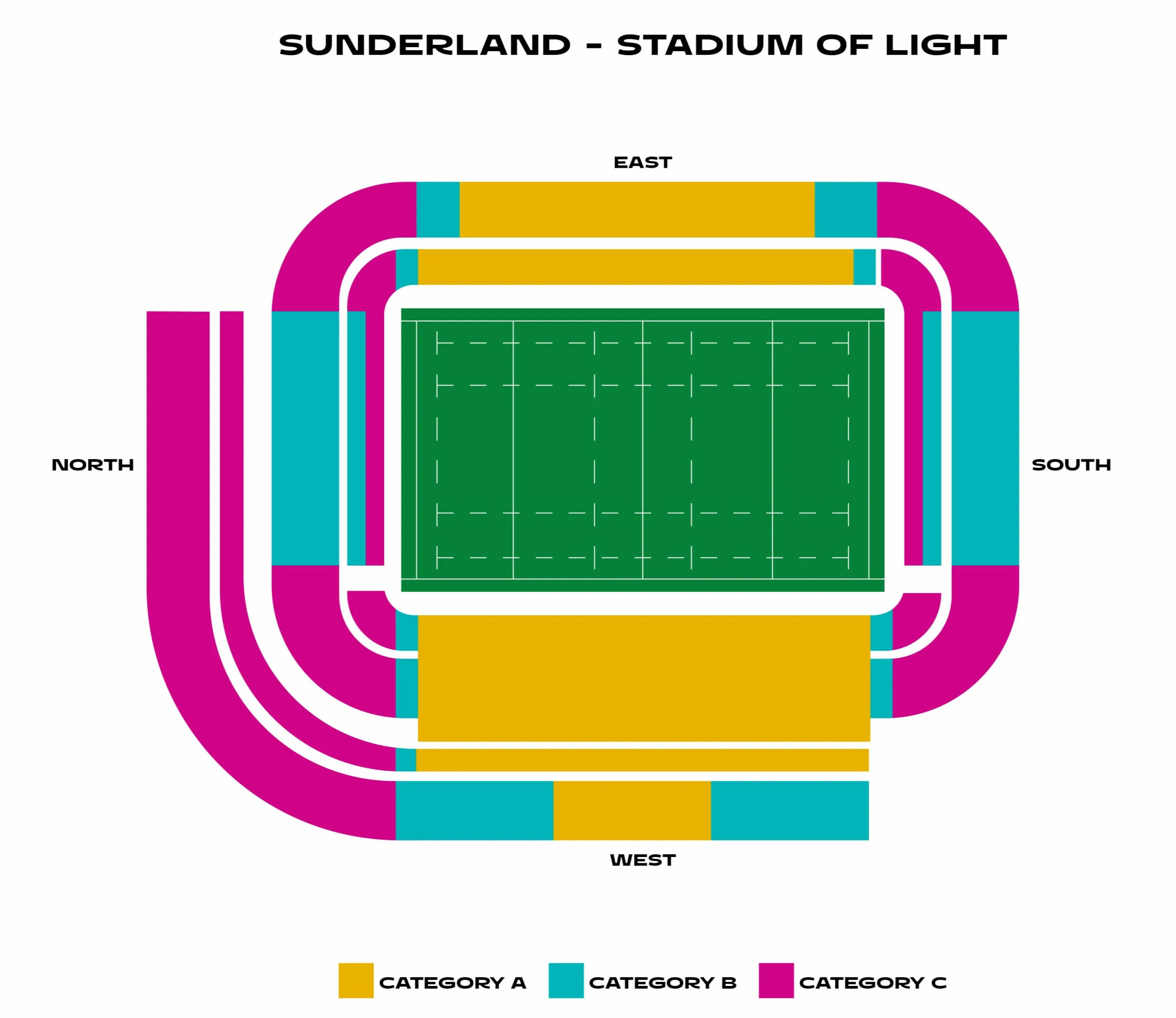Match 01 - Women Rugby World Cup 2025 England vs USA

Stadium of Light
Stadium of Light
Women Rugby World Cup Group Stage
The Women Rugby World Cup has become a showcase of talent and competitive spirit since its inaugural tournament in 1991. The group stage is a critical part of this event, determining which teams advance to the knockout rounds. Over the years, the format has evolved, but the excitement and intensity of the group matches remain a highlight for fans and players alike.
In the early years, the Women Rugby World Cup Group Stage featured 12 teams divided into pools, where each team played against the others in their group. The top teams advanced to the semifinals, with the inaugural tournament in 1991 setting a precedent. The USA emerged victorious, showcasing their physical style of play. In subsequent tournaments, countries like England and New Zealand began to dominate the group stages, consistently securing their spots in the knockout rounds. For instance, in the 1994 tournament, England topped their group and went on to win the championship, defeating the USA in the final.
By the late 1990s, the tournament expanded to 16 teams, allowing more nations to compete. This change elevated the group stage's competitive level, as emerging rugby nations began to challenge traditional powerhouses. The 1998 WRWC in the Netherlands saw New Zealand assert their dominance, advancing smoothly through the group stage and ultimately claiming its first title. The Black Ferns' skilful play and strategic prowess became a hallmark of their game, setting a standard for future tournaments.
As the tournament progressed into the 2000s, the group stage continued to provide memorable moments. For example, in 2006, New Zealand once again showcased their strength, topping their group and defeating England in the final. The consistent performance of teams like England and New Zealand during the group stages established their reputation as elite rugby nations. In contrast, nations like Canada and France began to rise, often challenging the established order.
The introduction of a more diverse array of teams in the group stages has made the competition more exciting. In the 2014 tournament, England dominated their group and eventually defeated Canada in the final, demonstrating their growth and consistency. The 2017 WRWC saw New Zealand face strong competition in their group but ultimately advanced to the final, where they triumphed over England.
The most recent Women’s Rugby World Cup in 2022 maintained a familiar format, showcasing intense group matches that kept fans on the edge of their seats. As more teams invest in women’s rugby, the group stage is likely to see even more surprises and thrilling matchups, setting the stage for future championships. Overall, the group stage of the Women Rugby World Cup has played a crucial role in shaping the tournament’s history, highlighting the growth of the sport and the increasing competitiveness among participating nations.
